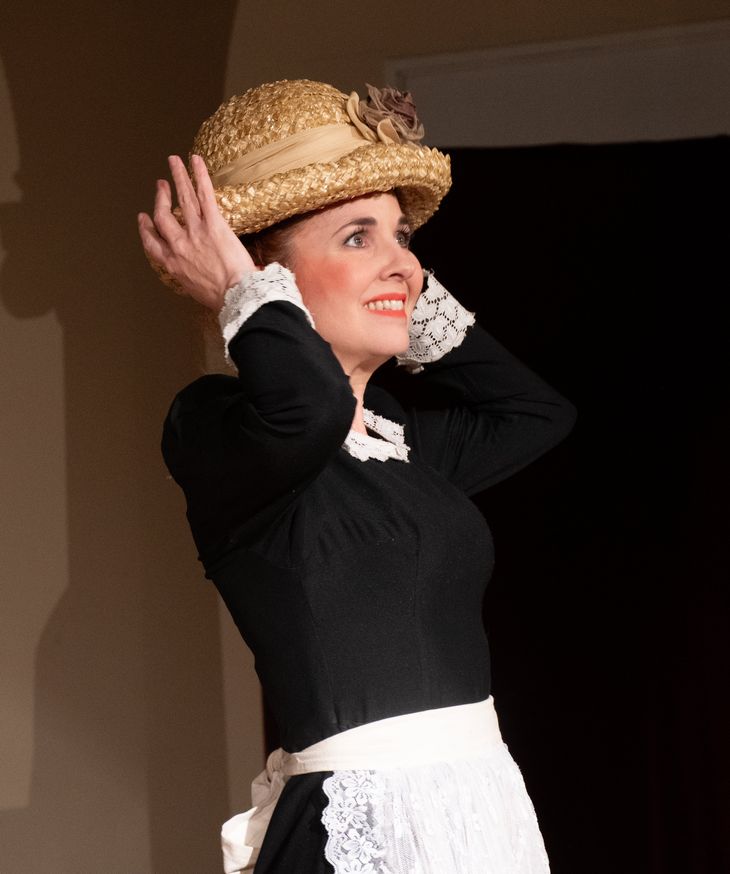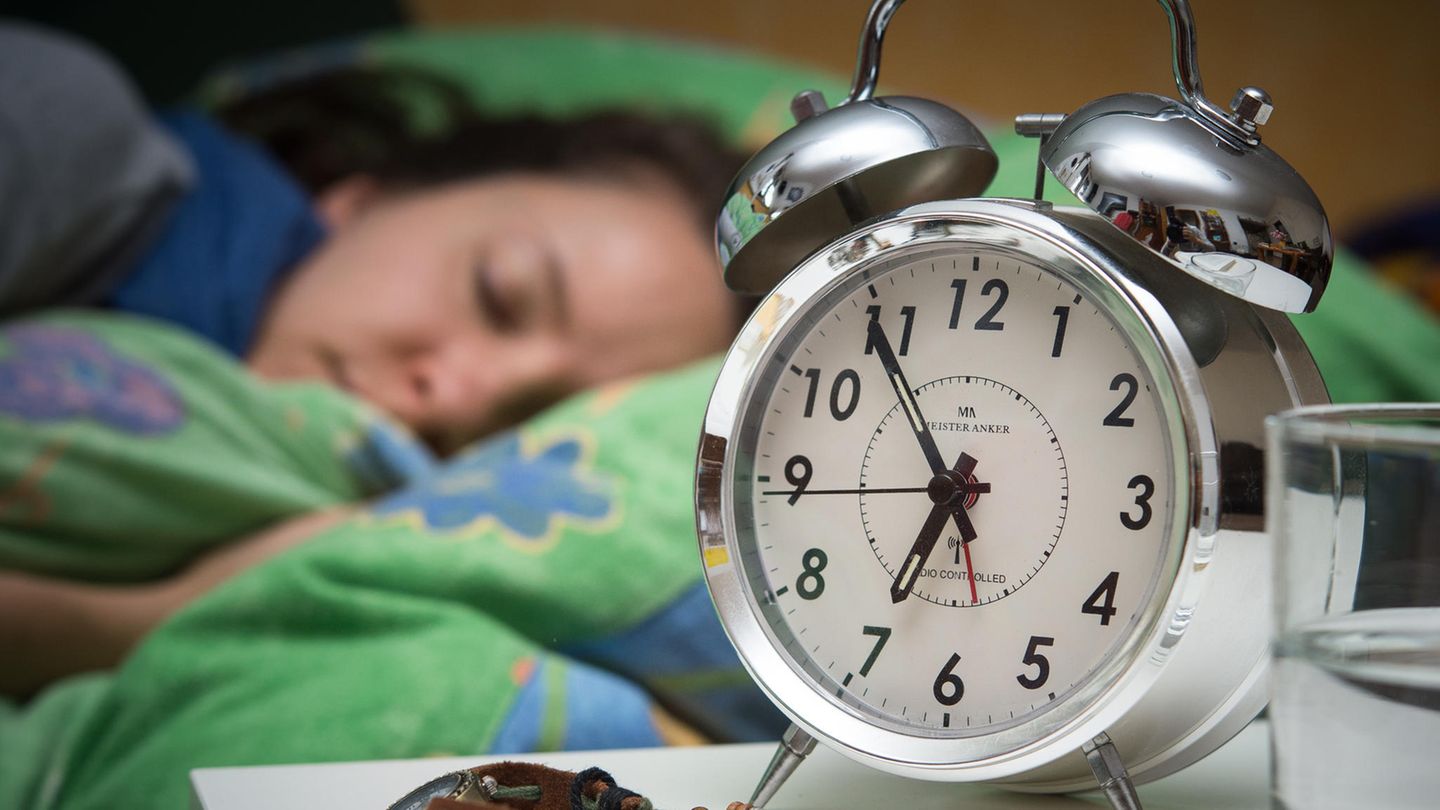“The theater is always in crisis but I trust that the new generations will renew the scene,” says Helena Tritekhistoric theater director who returns with a work of her own, “The Tied Cow” in El portón de Sánchez. It debuted last year at the 25 de Mayo Cultural Complex and will resume its second season starting on Sunday the 16th.
Tritek directed all kinds of texts, from “The Diary of Anne Frank” or “Filomena Marturano” to “Venice”, “Fiddler on the Roof”, “Zorba” and “Chekhov Suite“, among many others.
With performances by Fito Yannelli, Silvina Quintanilla, Milagros Almeida, Julieta Raponi and Miguel Ale Granado, takes place in the golden ’20s, when Argentine aristocratic families traveled and spent long periods of time in Paris. The play is set on the luxurious liner Comte de Biancamano, where they share the trip with the most famous singer in Argentina. It can be seen on Sundays at 6 p.m. We spoke with Tritek.
Helena 1 by Julieta Ramponi.jpg
Helena Tritek rehearses an Ibsen for the Teatro San Martín while projecting a show about Borges, while she returns with “La vaca atada”, on Sunday, June 16 at the Portón de Sánchez.
Journalist: Why did you want to write about those golden ’20s and the Argentine aristocracy?
Helena Tritek: I read a lot, I love my country and the first and second presidency of Yrigoyen, that of Alvear, always caught my attention. I read in a biography of Victoria Ocampo about these trips in which that family of the Ocampo oligarchy traveled with their children and We traveled on large ocean liners and spent months in Europe. It describes it very well so that was the seed of this story I made up.
Q: The servants, the bosses, what connection does the story tell? What other themes appear?
HT: The boss/maid bond in 20 was one of great respect. Hierarchies were obeyed and greatly respected. I liked working on that and what it had to do with protocol, good manners, how they dressed, how they groomed themselves, I researched that.
Q: How did you structure the set to recreate that atmosphere on the liner that is so reminiscent of Titanic?
HT: Imagining, looking at photos, the book “The Golden Years of Argentina”, which is full of photos, helped me build and were a source of inspiration.
The tied cow 6 Photo @SilvyGaldi.JPG

Q: How do you see theater in the country today in this context?
HT: The theater is always in crisis but at this moment there is a lot of production and many students of playwriting and directing, so we trust that new generations will renew the scene.
Q: What themes does the work address?
HT: It talks about our country, our society, about the beginnings in the year 20, when we were a power. There were great commercial relations with Europe, there in crisis due to the war, and it speaks of that very strong commercial beginning with grains, animals and cows.
Q: What other projects do you have?
HT: We rehearsed a play by Ibsen at the San Martín and I am putting together a show with stories by Borges.
Source: Ambito
I am an author and journalist who has worked in the entertainment industry for over a decade. I currently work as a news editor at a major news website, and my focus is on covering the latest trends in entertainment. I also write occasional pieces for other outlets, and have authored two books about the entertainment industry.




